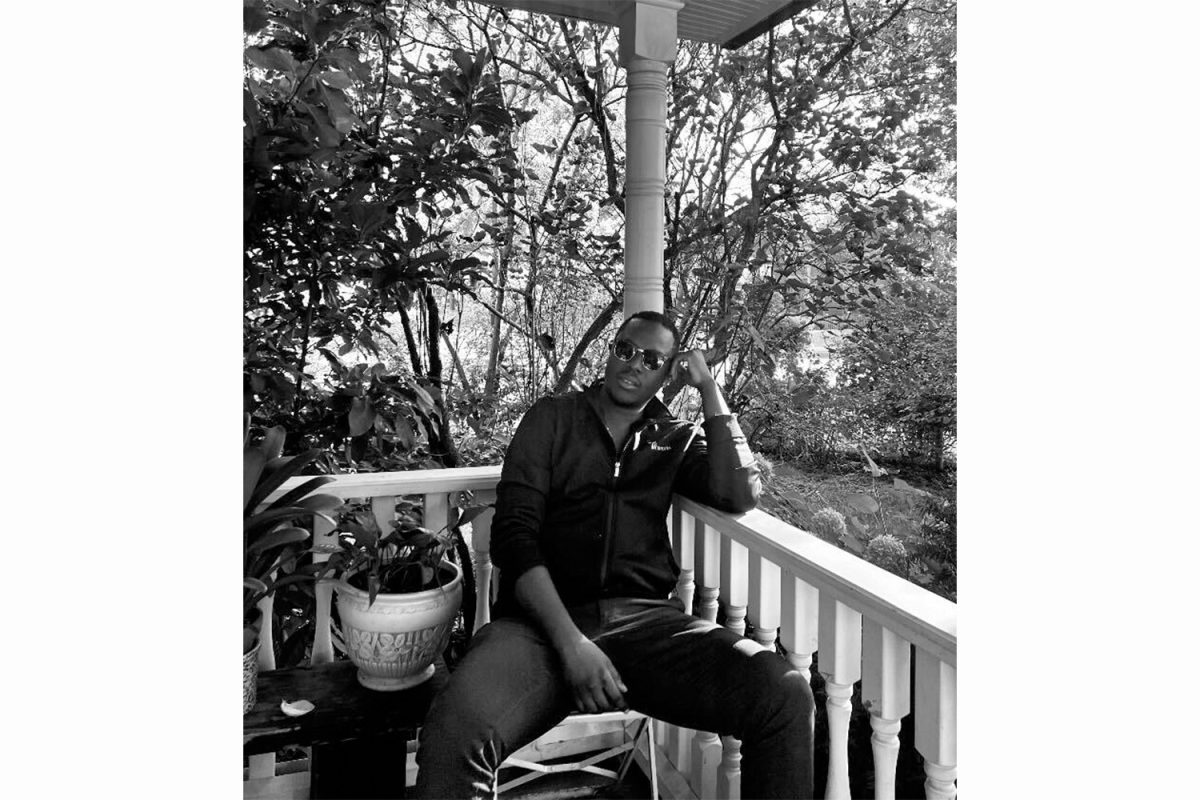By Austin Henderson
[email protected]
In the midst of a cinematic world inundated by the thoughtless action and explosions of movie franchises such as Fast and Furious, writer and director Jim Jarmusch uses Paterson to set a markedly different tone.
Eschewing a traditional plot structure focused on the rising and falling of action, Jarmusch moves in favor of a series of a daily vignettes, with the audience not receiving much in the way of action, and instead being directed towards the small details that arise from the gray monotony.
The film follows a week in the life of Paterson (Adam Driver) a bus driver and poet living in the New Jersey town of Paterson. Each sequence follows the same tedious daily routine. Each morning Paterson awakes at 6:15, lying in bed with his wife Laura (Golshifteh Farahani). From there, he makes the daily trudge to work–an eight-to-five job driving around the cracked streets, overhearing snippets of passengers’ lives which provide much of the movie’s color.
Following in the film’s theme of repetition, Paterson makes a nightly pilgrimage with his dog Marvin to a neighborhood bar owned by his friend Doc (Barry Shabaka Henley), a space in which many of the film’s secondary characters are introduced.
Central to the film are Paterson’s sparsely worded poems, scrawled in spare moments before work. The message of these poems is clear, the gospel of living in the moment, breathing in the small details that surround you, they also offer a sense of faux intellectualism.
Through their sparsely worded pretension, the poems set the tone for the film’s dialogue. It is almost insisted that each word said is of immense meaning, both for its profundity and for what was left out. Rather than being a piece of minimalism, it feels somewhat like a copout that serves to release Jarmusch from any obligation to write meaningful exchanges between characters.
Compounding this problem is the lack of interior monologue on the part of Paterson. Despite following in his tracks for a week, from his work to nightly stops at the bar, the sparse dialogue leads to little sense of the inner workings of the man, instead he is reduced to merely a surface actor, albeit an unexciting one at that.
While Jarmusch fails to instill any sense of intimacy into the characters, this seems to be transferred to the town of Paterson. The same sparse dialogue that stymies character development forces the audience to instead focus on the physical landscape of the town. The many bus scenes forge a connection with the red brick of the dilapidated downtown, to the green of the surrounding hills, and the rocky promontories found along the river.
Through the overheard snippets on the bus and the conversations with Doc, viewers gain a connection to the town’s cultural history. Ranging from the literary history as the home of William Carlos Williams, to the falsely-imprisoned boxing legend Rubin “Hurricane” Carter, and the birth of soul group “Sam and Dave,” the city is painted as anything but a cultural backwater.
While Paterson is wonderfully shot in its attention to light and shadows, leaving the audience waning little in the way of cinematic presentation, it is limited by the poor writing on the part Jarmusch.
Paterson:
When: Now showing, times vary
Where: FilmScene, 118 E. College
Cost: Prices vary







